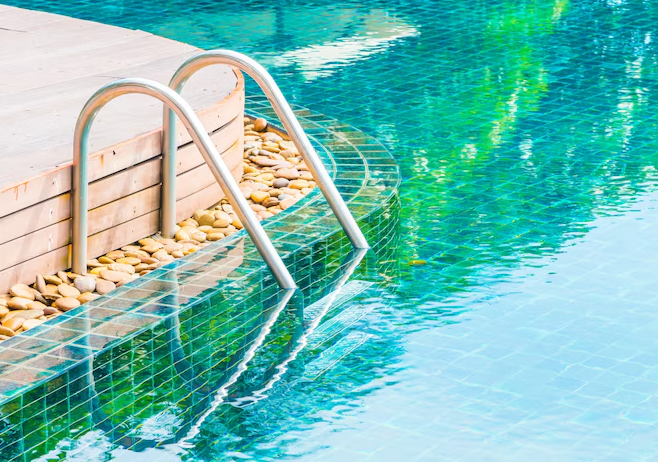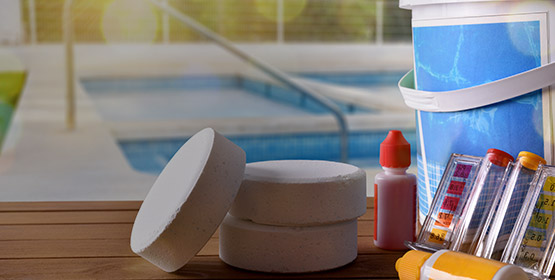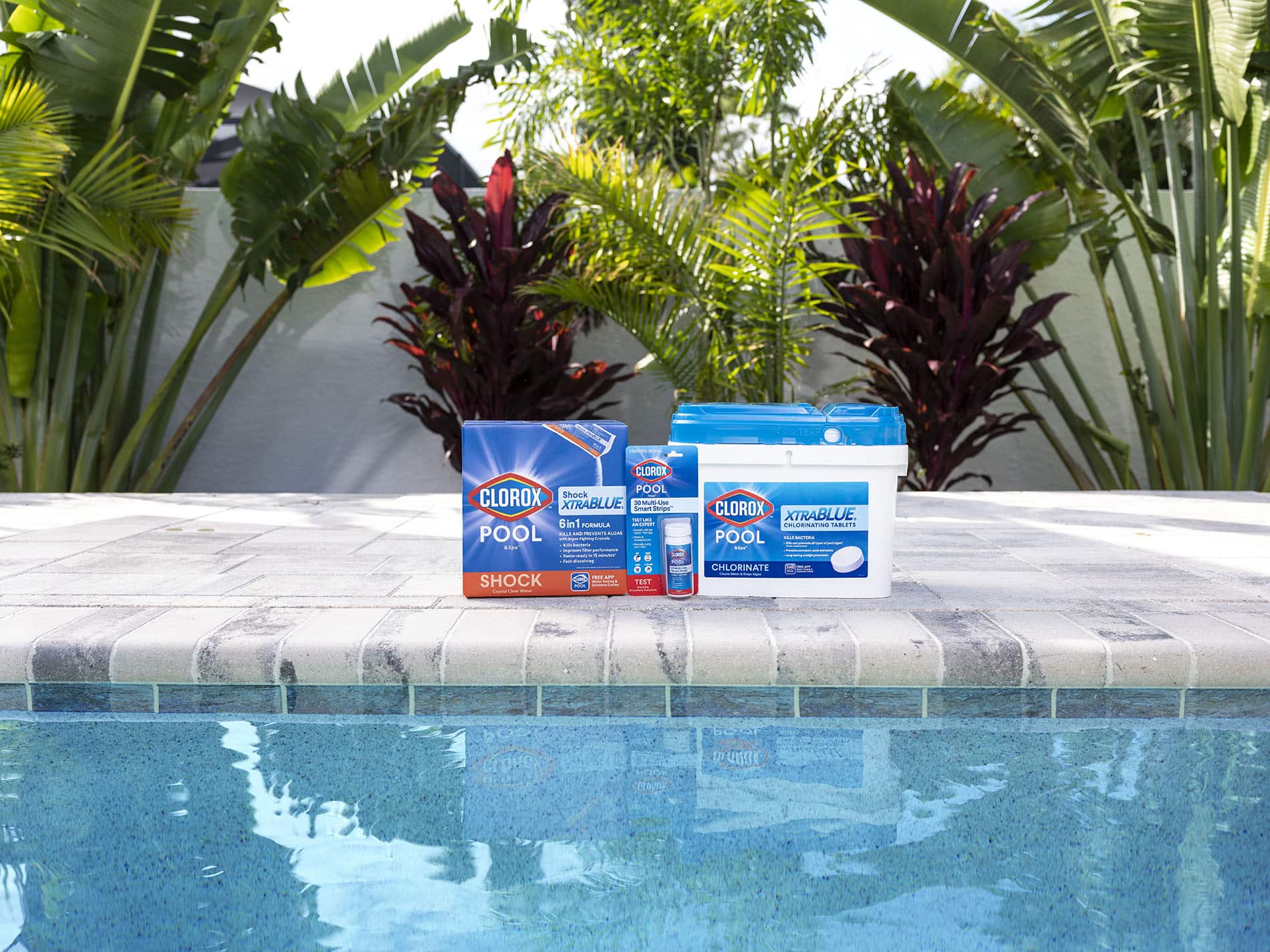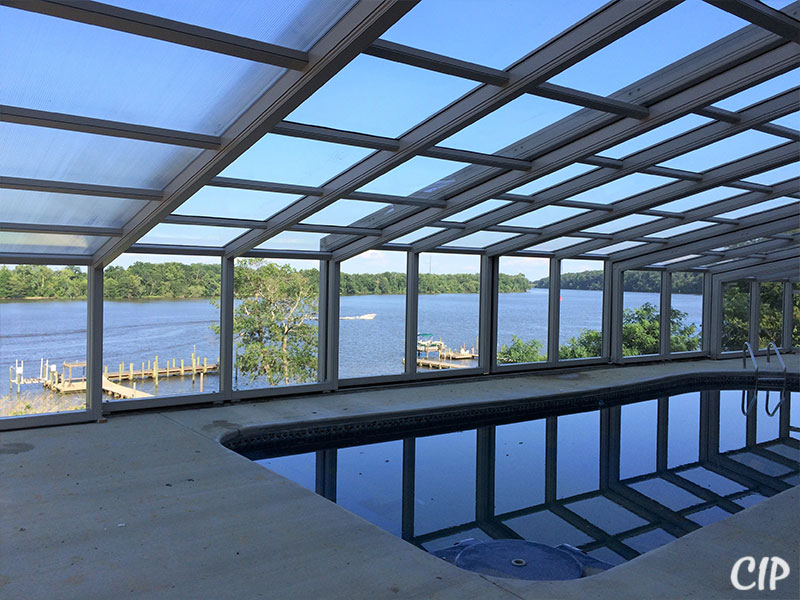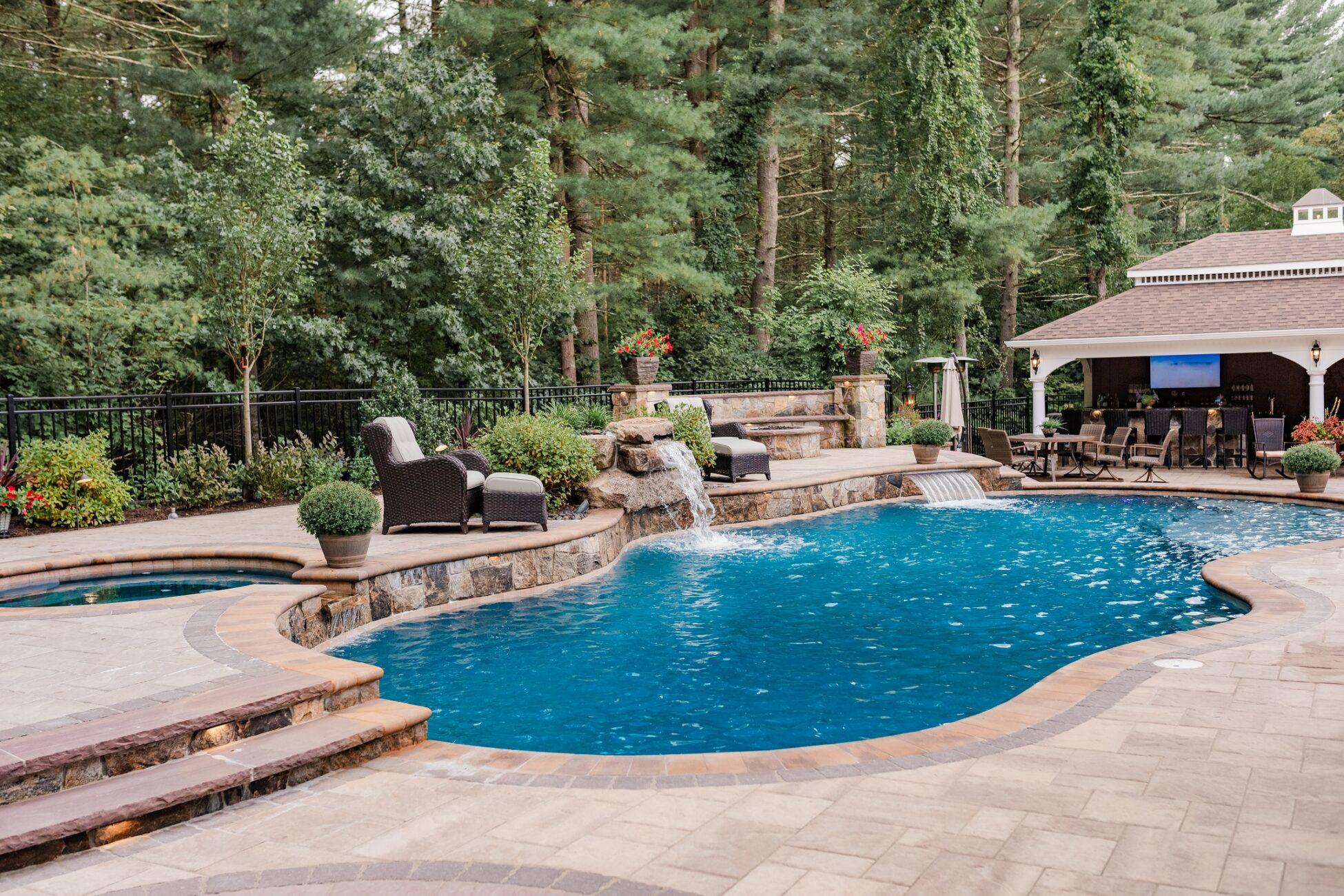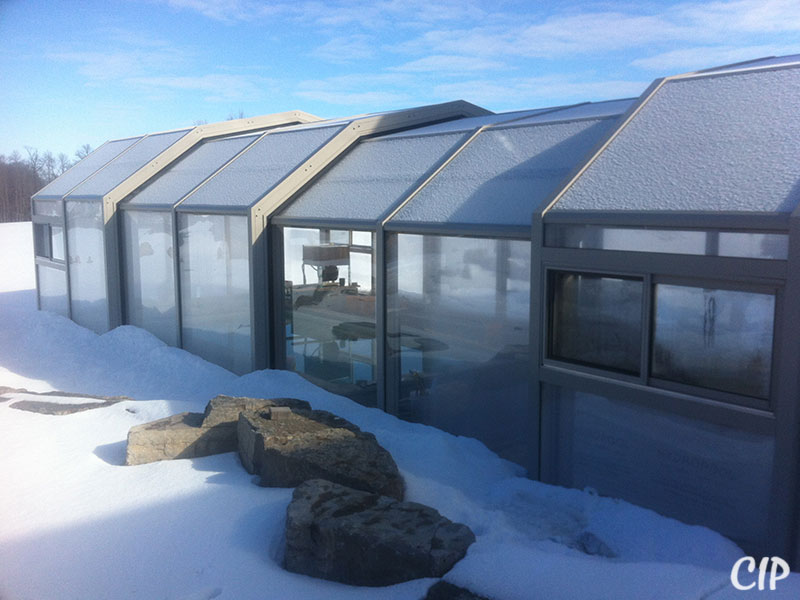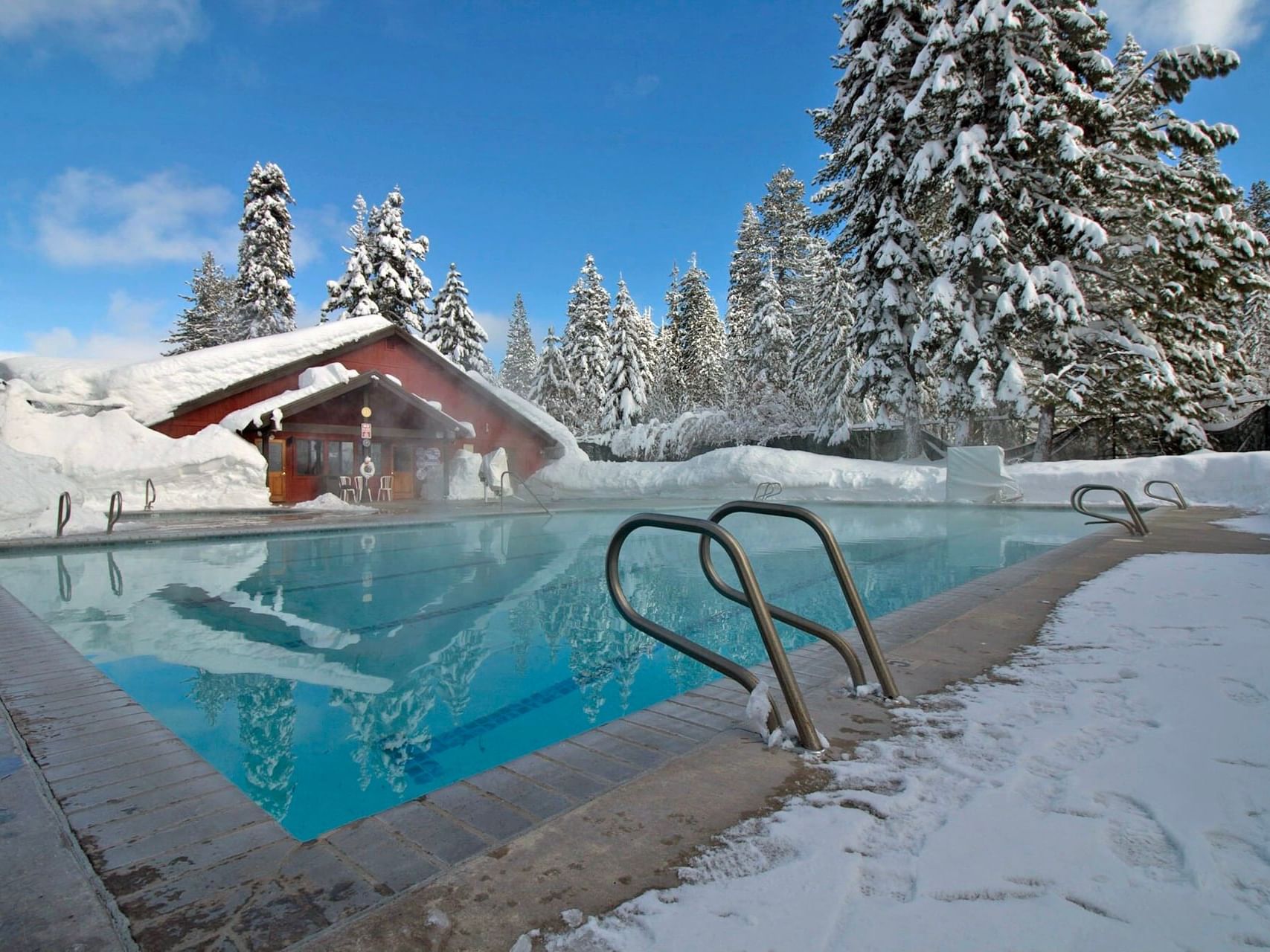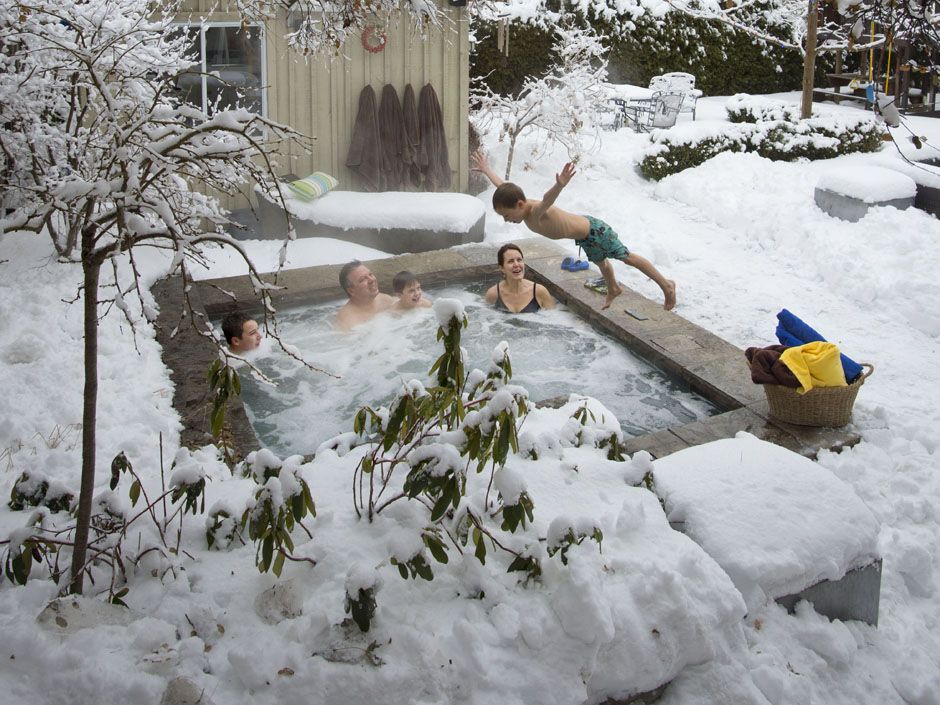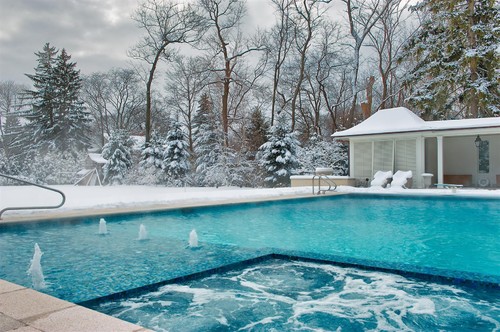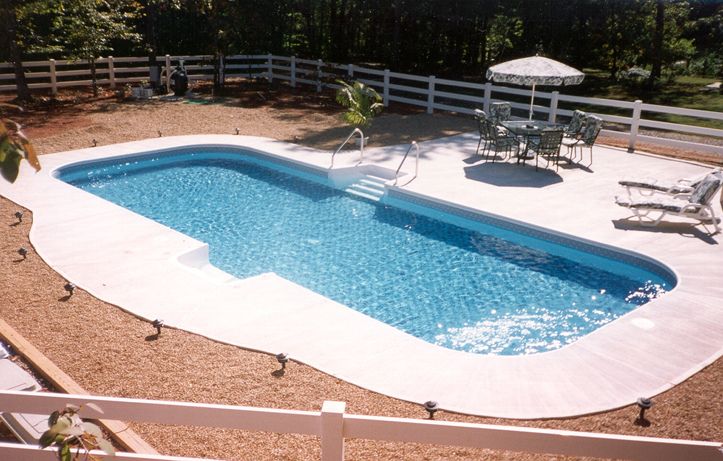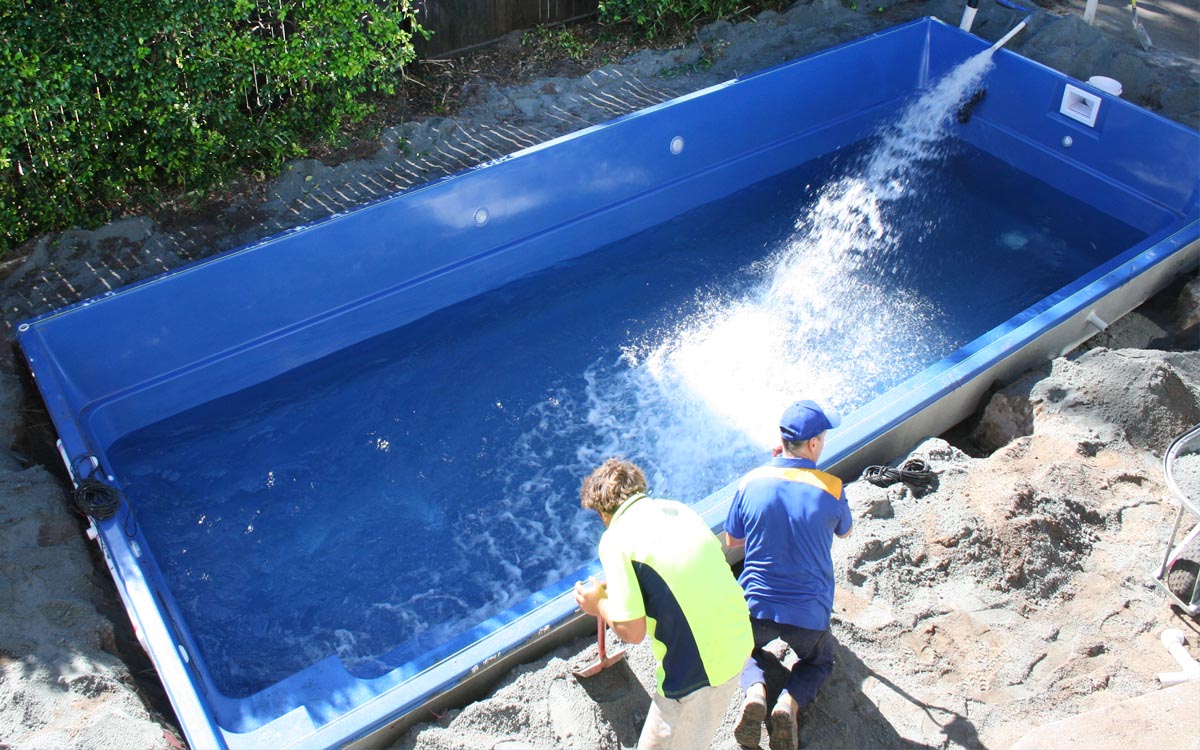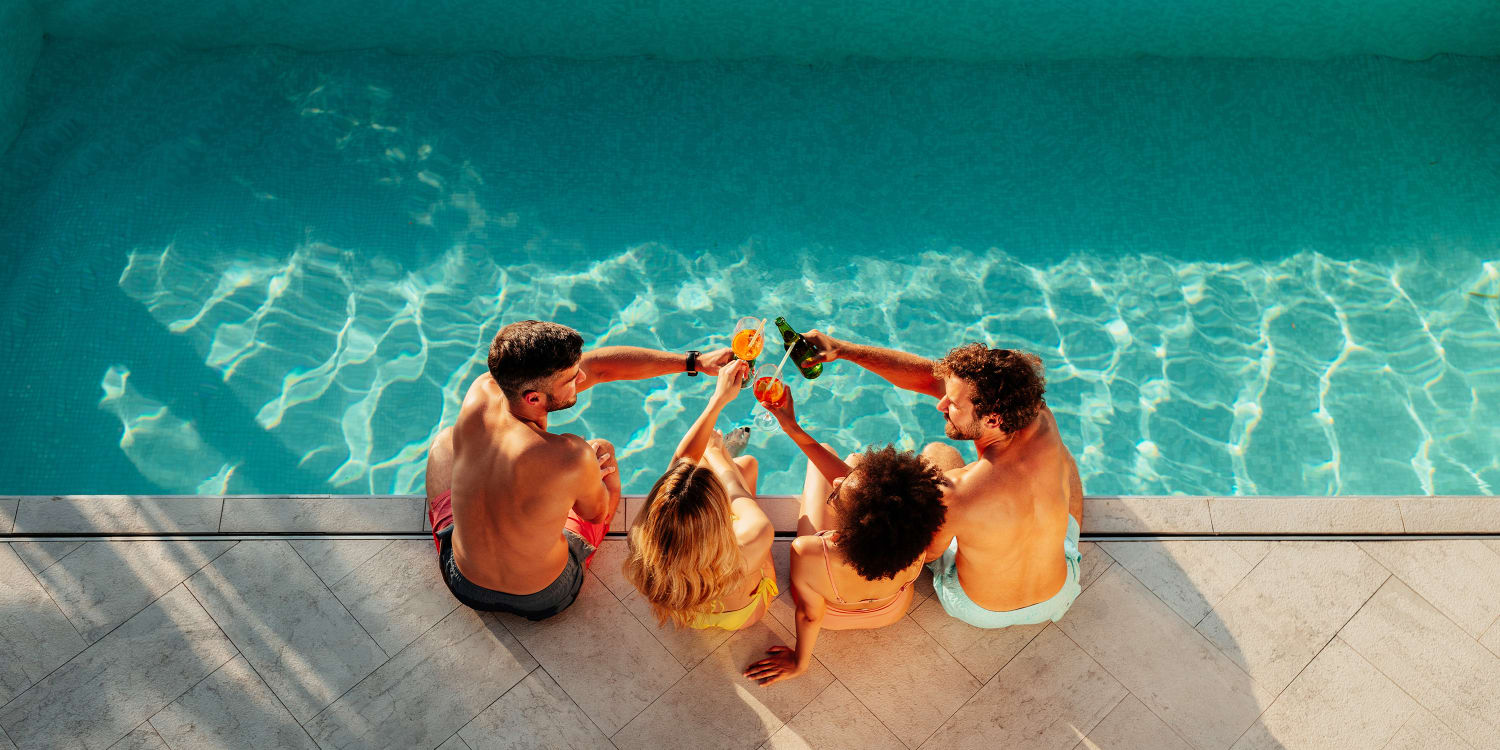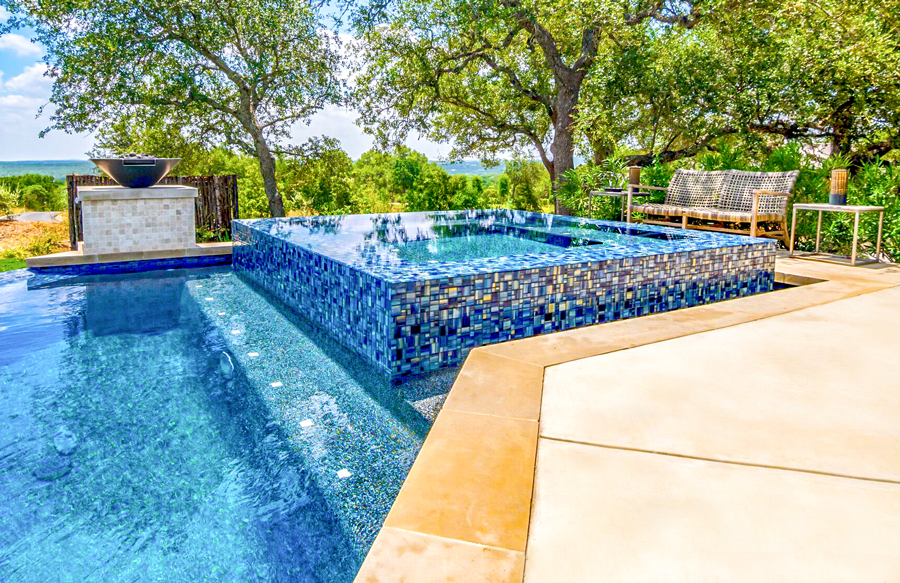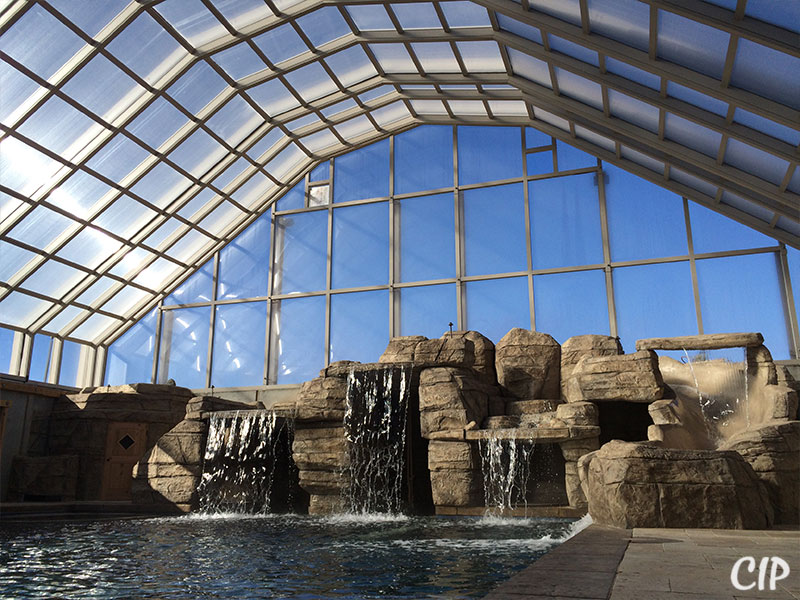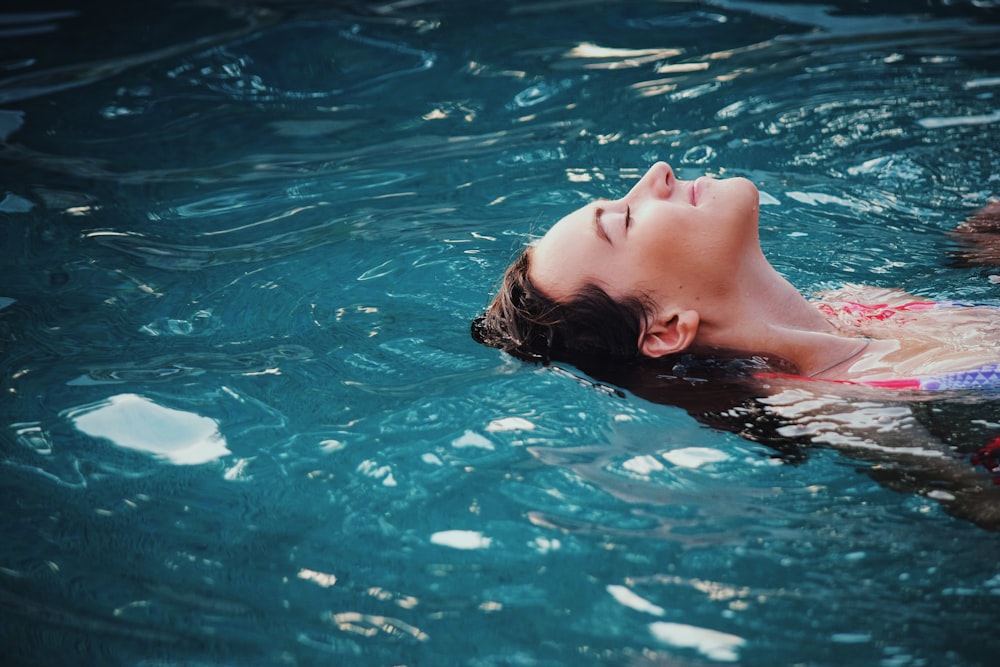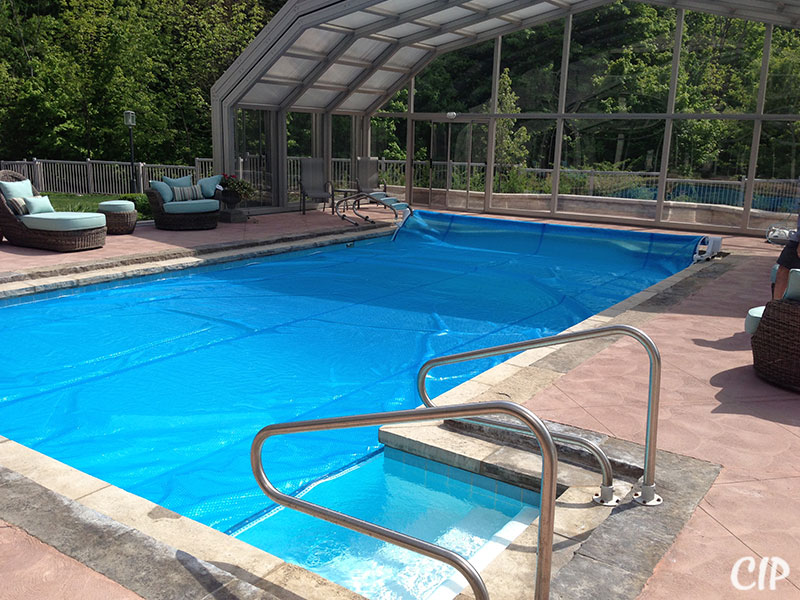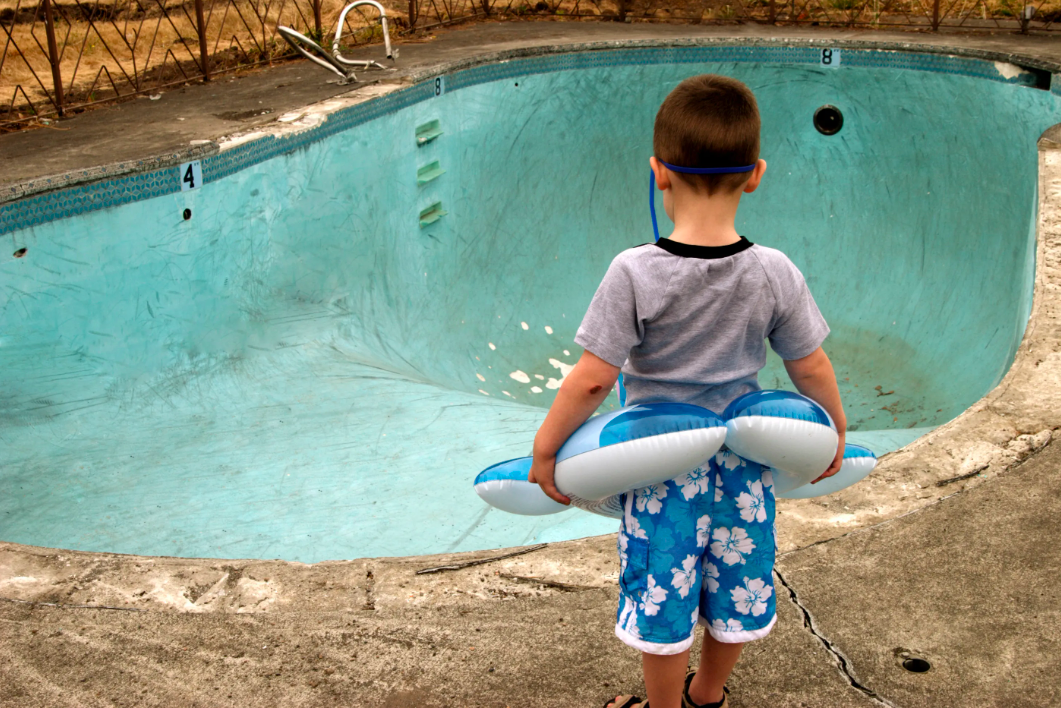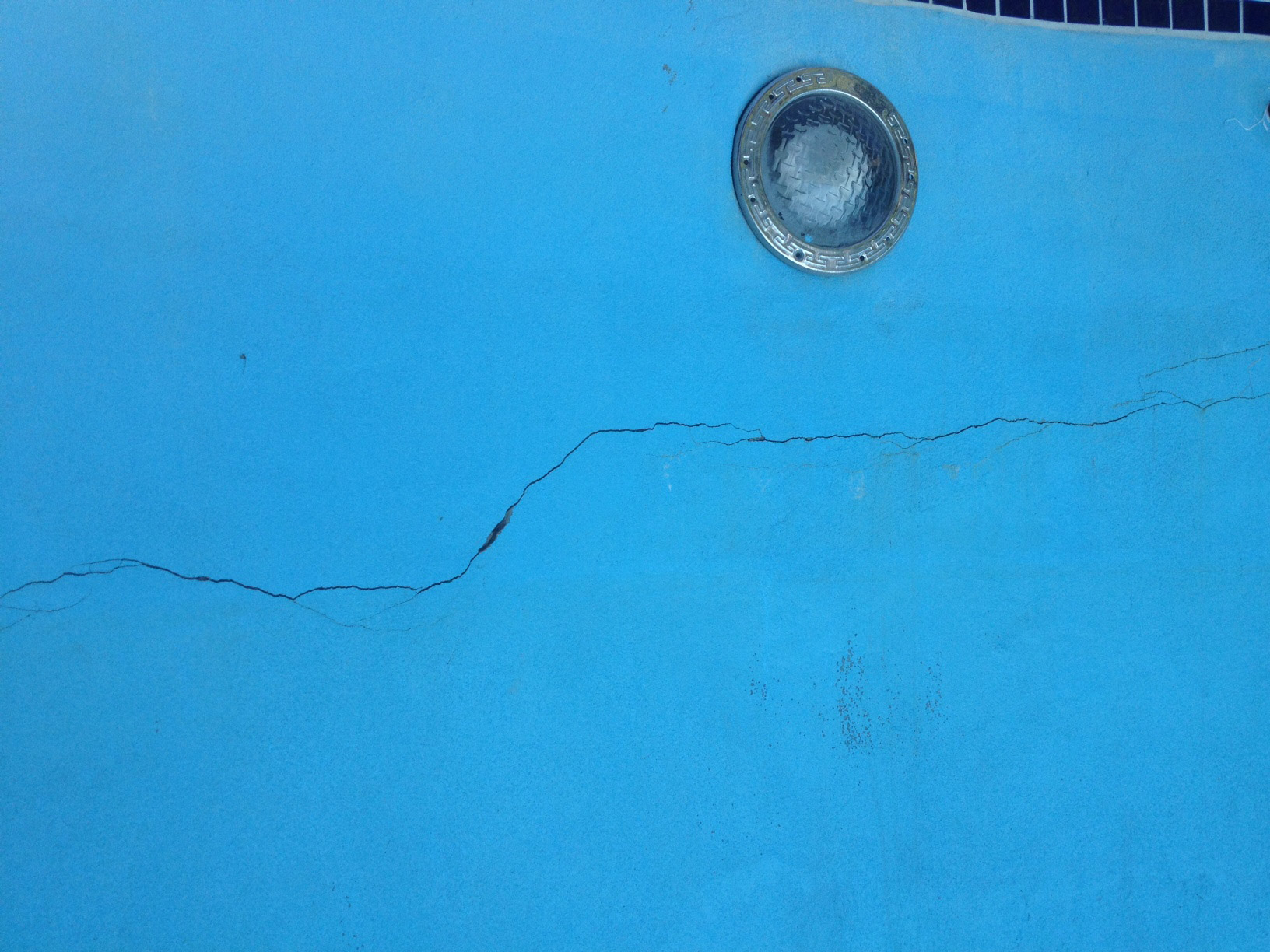A shimmering, inviting pool is the epitome of relaxation and enjoyment during hot summer days. However, the appearance of dreaded pool algae can quickly turn this oasis into a green nightmare. Fear not! With the right knowledge and proactive measures, you can keep your pool pristine and algae-free all season long. Let’s dive into the secrets of preventing and eliminating pool algae.

Understanding Pool Algae
Algae are microscopic organisms that thrive in moist environments and can quickly take over a pool if conditions are favorable. They come in various forms, including green, yellow (mustard), and black algae, each requiring different approaches for prevention and treatment.
Green algae are the most common type found in swimming pools. They typically appear as greenish patches on pool surfaces and can quickly spread if not addressed promptly. Green algae thrive in sunny, warm conditions and feed on nutrients such as sunlight, carbon dioxide, and phosphates present in pool water.
Yellow or mustard algae are more resilient and often appear as yellowish or brownish spots on pool surfaces, particularly in shaded or less frequently brushed areas. They can be challenging to eradicate as they develop a protective layer that shields them from normal chlorine levels.
Black algae are the most stubborn and difficult to remove. They appear as dark green or black spots with a hard outer shell that protects them from chlorine and other treatments. Black algae roots deeply into pool surfaces, requiring vigorous scrubbing and potent algaecides for effective removal.

Prevention Is Key
- Proper Water Circulation and Filtration:
– Ensure your pool pump and filter are appropriately sized for your pool’s volume. A properly sized pump and filter will ensure that the pool water is circulated and filtered effectively, reducing the potential for algae growth.
– Run the pump for an adequate amount of time each day to ensure water is continuously circulated and filtered. Experts recommend running the pump for at least 8-12 hours per day, depending on factors such as pool size, bather load, and weather conditions.
– Consider upgrading to a variable-speed pump if you haven’t already. Variable-speed pumps allow for more efficient circulation and filtration, which can help prevent algae growth while reducing energy costs.
- Maintain Proper Water Chemistry:
– Regularly test and balance your pool water’s pH, total alkalinity, and calcium hardness levels. Proper water chemistry is essential for preventing algae growth and ensuring swimmer comfort.
– Aim to keep the pH level between 7.4 and 7.6, as this range is optimal for chlorine effectiveness and overall water balance. Use a reliable test kit or electronic tester to monitor pH levels regularly, especially after heavy pool use or rainstorms.
– Total alkalinity (TA) acts as a buffer that helps stabilize pH levels and prevent rapid fluctuations. Maintain TA levels between 80 and 120 ppm (parts per million) to ensure water balance and prevent conditions that favor algae growth.
– Calcium hardness refers to the concentration of dissolved calcium ions in the water. Maintain calcium hardness levels between 200 and 400 ppm to prevent calcium scaling and ensure water balance.
- Regular Cleaning and Brushing:
– Brush the pool walls, steps, and corners weekly to prevent algae from adhering to surfaces. Use a nylon brush for vinyl and fiberglass pools or a stainless steel brush for concrete and plaster pools.
– Pay special attention to areas with poor circulation or low sunlight exposure, as these areas are more prone to algae growth. Thorough brushing helps loosen algae and other debris, making it easier for the filtration system to remove them from the water.
– Vacuum debris from the pool floor regularly to eliminate organic matter that algae feed on. Use a pool vacuum with a fine mesh bag or cartridge filter to capture small particles and prevent them from circulating back into the water.
- Sunlight Management:
– Algae thrive in sunlight, so consider using a pool cover when the pool is not in use to limit sunlight exposure and reduce algae growth. A durable, UV-resistant pool cover can also help retain heat and reduce evaporation, which can lead to lower chemical consumption and energy costs.
– If covering the entire pool is not practical, consider using floating solar covers or liquid solar blankets. These products create a thin layer on the water’s surface that reduces sunlight penetration while still allowing for natural evaporation and heat retention.
- Shock Treatments:
– Use regular shock treatments (superchlorination) to oxidize organic contaminants and maintain chlorine levels. Shocking the pool helps break down chloramines, which are formed when chlorine combines with sweat, sunscreen, and other organic compounds brought into the pool by swimmers.
– Choose a shock treatment product with a high chlorine concentration (e.g., calcium hypochlorite or lithium hypochlorite) and follow the manufacturer’s instructions carefully. Wear protective gloves and eyewear when handling shock treatment products, as they can be corrosive and potentially harmful if not used correctly.

Eliminating Pool Algae
Despite your best efforts, algae may occasionally appear. Here’s how to tackle them:
- Identify the Type of Algae:
– Different algae require different treatments, so it’s essential to identify the type of algae present in your pool before taking action. Green algae are the most common and can often be treated with shock treatment and an algaecide specifically formulated for green algae.
– Yellow/mustard algae and black algae require more aggressive treatment and scrubbing due to their resilience and protective outer layers. Consult with a pool professional or refer to algae identification guides to accurately identify and treat these more stubborn types of algae.
- Brushing and Vacuuming:
– For all types of algae, thorough brushing and vacuuming are essential steps in the treatment process. Use a stiff-bristled brush to scrub algae-infested areas vigorously, focusing on loosening and removing algae from pool surfaces.
– Vacuum the pool immediately after brushing to remove dislodged algae, debris, and dead algae cells from the water. Empty and clean the pool vacuum’s filter or bag regularly to maintain optimal suction and filtration efficiency.
- Algaecide Treatment:
– Select an appropriate algaecide based on the type of algae present and follow the manufacturer’s instructions carefully. Algaecides are chemical treatments designed to kill and prevent algae growth, making them an essential tool in combating algae outbreaks.
– Choose an algaecide that is compatible with your pool’s filtration system and other chemical treatments to avoid adverse reactions or reduced effectiveness. Consider using an algaecide with a broad-spectrum formula that targets multiple types of algae for comprehensive treatment and prevention.
- Maintain Water Balance:
– After treating algae, test and rebalance your pool water chemistry to prevent further outbreaks and ensure swimmer comfort. Adjust pH, total alkalinity, and calcium hardness levels as needed to maintain water balance and prevent conditions that promote algae growth.
– Monitor chlorine levels closely following algae treatment, as chlorine plays a crucial role in disinfecting the water and preventing algae regrowth. Maintain a free chlorine residual of 1-3 ppm (parts per million) to ensure effective sanitization and algae prevention.
- Persistent Algae Issues:
– If algae persist despite your efforts, consider consulting with a professional pool service or water treatment specialist for expert advice and assistance. Persistent algae issues may indicate underlying water chemistry problems, inadequate filtration or circulation, or other factors that require professional assessment and intervention.
– A pool professional can conduct a comprehensive water analysis, identify potential sources of algae growth, and recommend targeted solutions to restore water clarity and eliminate algae outbreaks effectively.
Keeping your pool free of algae requires dedication to regular maintenance, proactive prevention strategies, and prompt action if algae do appear. By understanding the conditions that promote algae growth and implementing effective prevention measures, you can enjoy a clean, sparkling pool throughout the swimming season.
Remember, maintaining proper water circulation and filtration, balancing water chemistry, regular cleaning and brushing, managing sunlight exposure, and using shock treatments are key components of algae prevention.
If algae do appear, identifying the type of algae, thorough brushing and vacuuming, applying appropriate algaecide treatments, and maintaining water balance are essential steps in effectively eliminating algae and preventing their return.
With these strategies and tips, you can transform your pool into a haven of relaxation and enjoyment, ensuring that it remains a beautiful and inviting retreat for family and friends to enjoy all summer long.

